
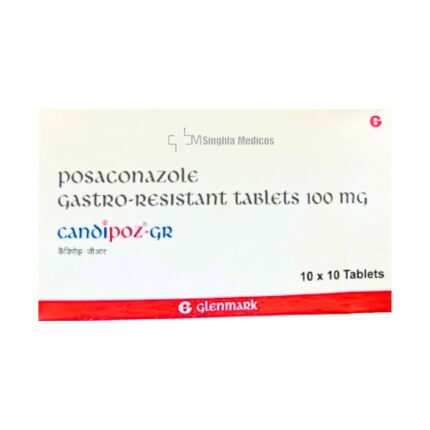
Aziderm 10% Cream
₹324.00 Original price was: ₹324.00.₹291.60Current price is: ₹291.60.
![]() Prescription Required
Prescription Required
Salt : Azelaic Acid (10% w/w)
Manufacturer : Micro Labs Ltd
Packing : 15 gm in 1 tube
Product Introduction
Aziderm 10% Cream is a topical medication widely used in dermatology, primarily formulated for the treatment of acne vulgaris. The active ingredient in Aziderm 10% Cream is azelaic acid, a naturally occurring dicarboxylic acid found in grains such as barley, wheat, and rye. Azelaic acid possesses anti-inflammatory, antibacterial, and keratolytic properties, making it effective in addressing the multifaceted causes of acne. The cream is available in a 10% concentration, which provides a balance between efficacy and tolerability for most skin types. Aziderm 10% Cream is manufactured by a range of pharmaceutical companies and is accessible both through prescription and over-the-counter in various regions.
Uses of Aziderm 10% Cream
Aziderm 10% Cream is predominantly prescribed for the treatment of mild to moderate acne. Acne is a common skin condition characterized by the presence of blackheads, whiteheads, papules, pustules, and sometimes severe inflammatory lesions. The cream works through several mechanisms:
- Antibacterial Action: Azelaic acid inhibits the growth of Propionibacterium acnes and Staphylococcus epidermidis, bacteria commonly associated with acne. By reducing the bacterial load on the skin, the cream helps to minimize the occurrence of acne breakouts.
- Anti-inflammatory Properties: Azelaic acid reduces the production of pro-inflammatory cytokines, thereby diminishing inflammation and redness associated with acne lesions. This anti-inflammatory effect also makes it beneficial for treating rosacea, another inflammatory skin condition.
- Keratolytic Effect: The cream promotes the normalization of keratinization, preventing the formation of comedones (clogged pores) by reducing the excessive buildup of skin cells.
- Hyperpigmentation Treatment: Aziderm 10% Cream is also effective in treating post-inflammatory hyperpigmentation (PIH), a common consequence of acne. Azelaic acid interferes with abnormal melanocyte activity, thereby reducing dark spots and evening out skin tone.
Benefits of Aziderm 10% Cream
Aziderm 10% Cream offers numerous benefits, making it a preferred choice for many dermatologists and patients:
- Efficacy in Acne Treatment: Clinical studies have demonstrated that azelaic acid is effective in reducing the number and severity of acne lesions. Regular use of the cream can result in a noticeable improvement in skin texture and clarity.
- Non-Irritating Formulation: Unlike other topical acne treatments, such as benzoyl peroxide or retinoids, Aziderm 10% Cream is generally well-tolerated and less likely to cause irritation, dryness, or peeling. This makes it suitable for sensitive skin.
- Multifunctional Use: Besides acne, Aziderm 10% Cream can be used for managing rosacea, hyperpigmentation, and melasma. Its versatility adds to its value as a skincare treatment.
- Minimal Resistance Development: Bacterial resistance to azelaic acid is rare, making it a reliable long-term treatment option for acne management.
- Cosmetic Acceptability: The cream is lightweight, non-greasy, and absorbs quickly into the skin, making it easy to incorporate into daily skincare routines without causing discomfort or visible residue.
Side Effects of Aziderm 10% Cream
While Aziderm 10% Cream is generally safe and well-tolerated, some users may experience side effects. These side effects are typically mild and temporary, but it is important to be aware of them:
- Skin Irritation: Some individuals may experience mild irritation, including redness, burning, or stinging sensations, especially during the initial weeks of treatment. This is usually transient and diminishes as the skin adjusts to the medication.
- Dryness and Peeling: In some cases, users may notice dryness or peeling of the skin. This can often be managed by using a gentle moisturizer and avoiding other potentially irritating skincare products.
- Hypersensitivity Reactions: Although rare, some individuals may develop allergic reactions to azelaic acid. Symptoms may include severe itching, rash, swelling, or difficulty breathing. If any of these symptoms occur, it is crucial to discontinue use and seek medical attention immediately.
- Contact Dermatitis: Prolonged use or overuse of the cream may lead to contact dermatitis in some sensitive individuals. This condition is characterized by redness, itching, and inflammation of the skin.
- Hyperpigmentation: Paradoxically, although azelaic acid is used to treat hyperpigmentation, improper use or overuse can sometimes exacerbate this condition, especially in individuals with darker skin tones. It is important to follow the prescribed application guidelines to avoid this risk.
References
-
Robertson DB, Maibach HI. Dermatologic Pharmacology. In: Katzung BG, Masters SB, Trevor AJ, editors. Basic and Clinical Pharmacology. 11th ed. New Delhi, India: Tata McGraw Hill Education Private Limited; 2009. p. 1057.
-
Burkhart C, Morrell D, Goldsmith L. Dermatological Pharmacology. In: Brunton LL, Chabner BA, Knollmann BC, editors. Goodman & Gilman’s: The Pharmacological Basis of Therapeutics. 12th ed. New York, New York: McGraw-Hill Medical; 2011. p. 1830.
-
Sardana K, Madan A. How to Treat Acne. Sardana K, editor. In: Clinical Approach to Acne Vulgaris. 1sr ed. New Delhi: CBS Publishers & Distributors Pvt. Ltd.; 2015. pp. 38-39, 56.
Disclaimer
Singhla Medicos primary intention is to ensure that its consumers get information that is reviewed by experts, accurate and trustworthy. The information and contents of this website are for informational purposes only. They are not intended to be a substitute for professional medical advice, diagnosis, or treatment. Please seek the advice of your doctor and discuss all your queries related to any disease or medicine. Do not disregard professional medical advice or delay in seeking it because of something you have read on Singhla Medicos. Our mission is to support, not replace, the doctor-patient relationship.
Shipping Policy
We ship across India. Note – this is subject to change as per Company Wishes. Packages will be shipped in 24 working hours. we are closed on Sundays and will reach you in the next 2-4 days post shipping. We give the estimated time of delivery on the shipping page. However, these are indicative and depend on our shipping partner.
Delivery
The delivery times are subject to location, distance, and our logistics partners. We are not liable for any delays in delivery by the courier company/postal authorities but will help you track down a package through our partner courier services.
Your purchases may reach you from various locations in more than one package. But rest assured, you will be charged one delivery fee for the entire order. As soon as your package ships, we will email you your package tracking information.
We are bound in coverage by their reach even though we use some of India’s largest logistics companies for shipping. In case your address is in a location not served by them we would contact you to find an alternative solution to make your products reach you.




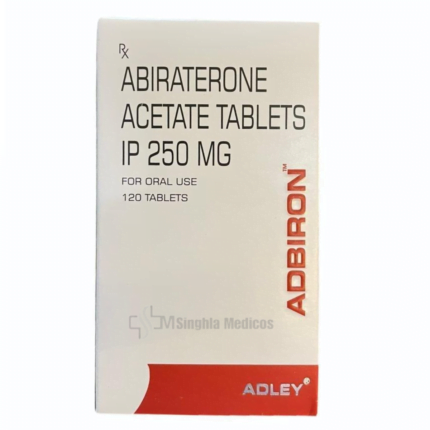



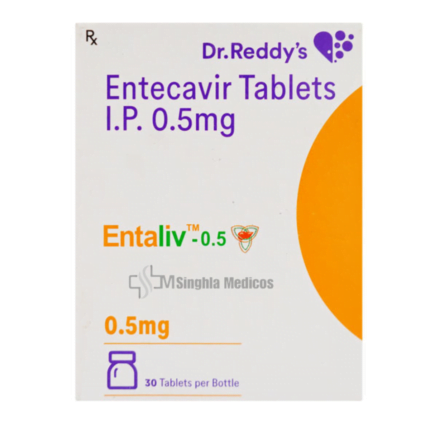
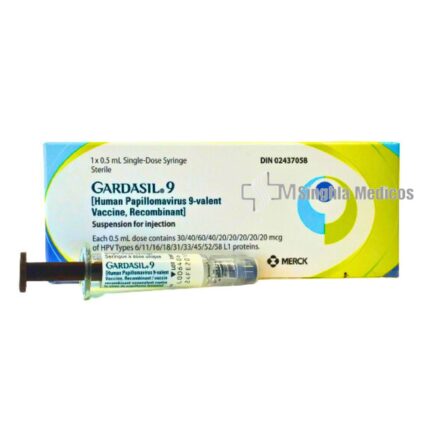

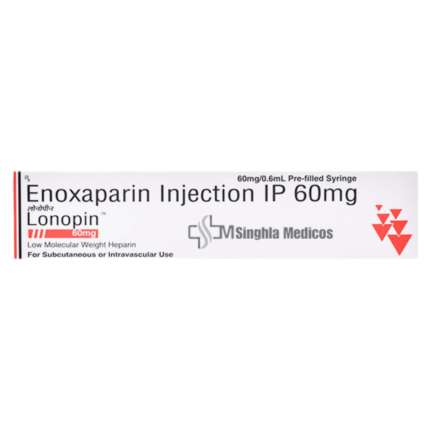
Reviews
There are no reviews yet.